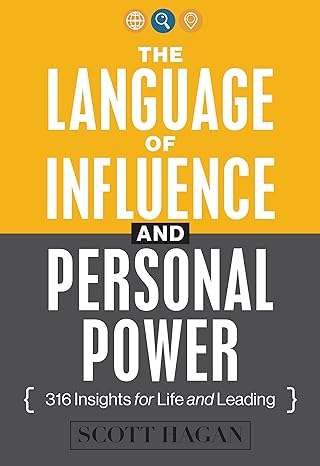Need part ii and iii

Assume that Sidney Johnson is confident of her estimates of all the variables that affect the project's cash flows except unit sales and sales price: If product acceptance is poor, unit sales would be only 750 units a year and the unit price would be only $125; a strong consumer response would produce sales of 1100 units and a unit price of $220. Sidney believes that there is a 20% chance of poor acceptance, a 20% chance of excellence acceptance, and a 60% chance of average acceptance (the base case) i) ) What is scenario analysis? Scenario analysis examines several possible situations, usually worst case, most likely case, and best case. It provides a range of possible outcomes. ii) What is the worst case NPV? The best case NPV? iii) Use the worst-, base-, and best-case NPVs and probabilities of occurrence to find the project's expected NPV, as well as the NPV's standard deviation and coefficient of variation. Shrieves Casting Company is considering adding a new line to its product mic, and the capital budgeting analysis is being conducted by Sidney Johnsn, a recently graduated MBA. The production line would be set up in unused space in the main plant. The machinery's invoice price would be approximately $210,000, another $5,000 in shipping charges would be required, and it would cost an additional $10,000 to install the equipment. The machinery has an economic life of 5 years, and Shrieves has obtained a special tax ruling that places the equipment in the MACRS 3-year class. The machinery is expected to have a salvage value of $30,000 after 5 years of use. The new line would generate incremental sales of 2,000 units per year for 5 years at an incremental cost of $150 per unit in the first year, excluding depreciation. Each unit can be sold for $200 in the first year. The sales price and cost are both expected to increase by 3% per year due to inflation. Further, to handle the new line, the firm's net working capital would have to increase by an amount equal to 10% of sales revenues. The firm's tax rate is 25%, and its overall weighted average cost of capital, which is the risk-adjusted cost of capital for an average project (r), is 12%. Assume that Sidney Johnson is confident of her estimates of all the variables that affect the project's cash flows except unit sales and sales price: If product acceptance is poor, unit sales would be only 750 units a year and the unit price would be only $125; a strong consumer response would produce sales of 1100 units and a unit price of $220. Sidney believes that there is a 20% chance of poor acceptance, a 20% chance of excellence acceptance, and a 60% chance of average acceptance (the base case) i) ) What is scenario analysis? Scenario analysis examines several possible situations, usually worst case, most likely case, and best case. It provides a range of possible outcomes. ii) What is the worst case NPV? The best case NPV? iii) Use the worst-, base-, and best-case NPVs and probabilities of occurrence to find the project's expected NPV, as well as the NPV's standard deviation and coefficient of variation. Shrieves Casting Company is considering adding a new line to its product mic, and the capital budgeting analysis is being conducted by Sidney Johnsn, a recently graduated MBA. The production line would be set up in unused space in the main plant. The machinery's invoice price would be approximately $210,000, another $5,000 in shipping charges would be required, and it would cost an additional $10,000 to install the equipment. The machinery has an economic life of 5 years, and Shrieves has obtained a special tax ruling that places the equipment in the MACRS 3-year class. The machinery is expected to have a salvage value of $30,000 after 5 years of use. The new line would generate incremental sales of 2,000 units per year for 5 years at an incremental cost of $150 per unit in the first year, excluding depreciation. Each unit can be sold for $200 in the first year. The sales price and cost are both expected to increase by 3% per year due to inflation. Further, to handle the new line, the firm's net working capital would have to increase by an amount equal to 10% of sales revenues. The firm's tax rate is 25%, and its overall weighted average cost of capital, which is the risk-adjusted cost of capital for an average project (r), is 12%









